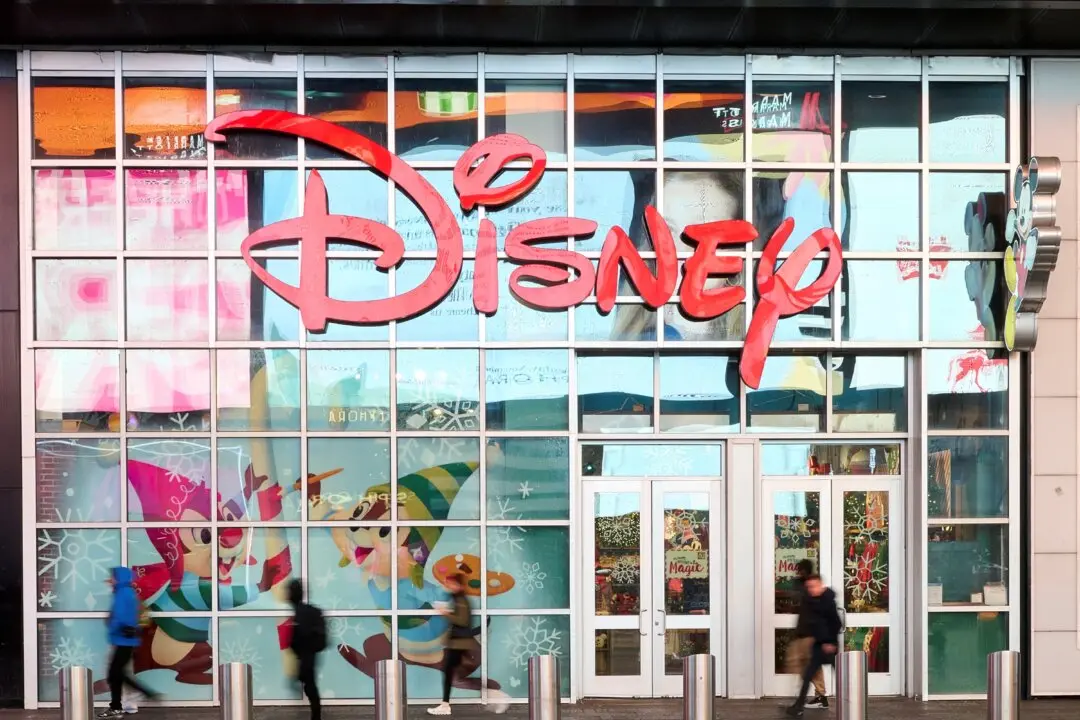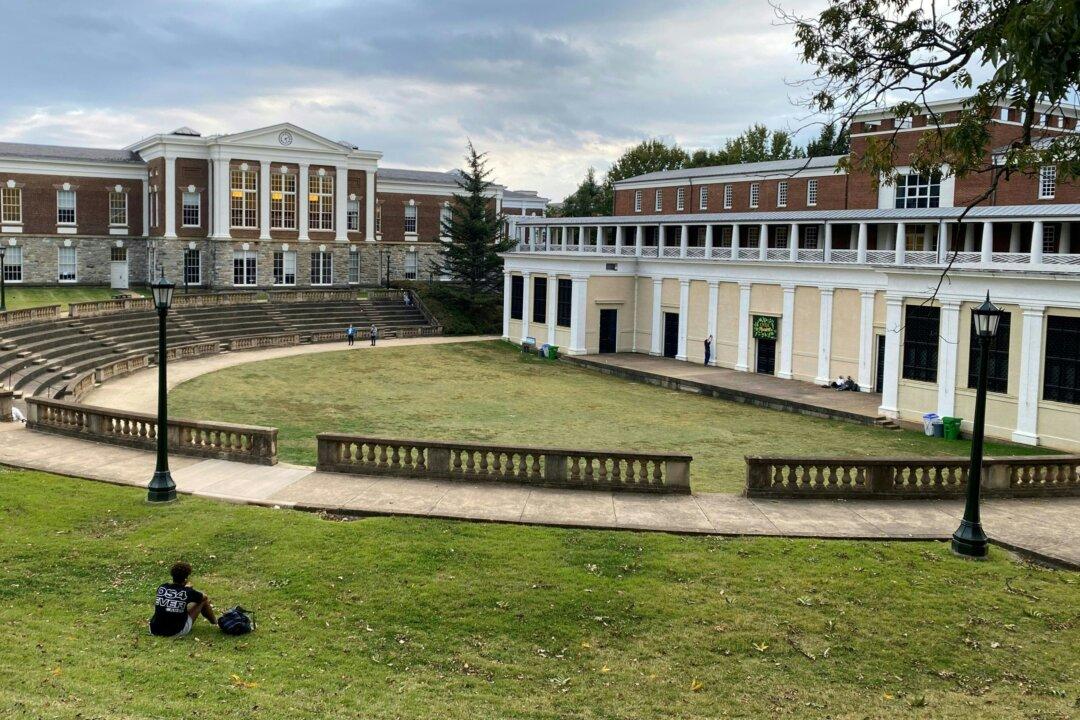While legal battles over President Joe Biden’s efforts to cancel federal student loan debt continue, some student loan-related initiatives have been moving forward.
Since the U.S. Supreme Court shot down an initial plan for a blanket cancellation of up to $400 billion in student loans last summer, the administration has implemented targeted programs through regulatory changes and executive actions.





